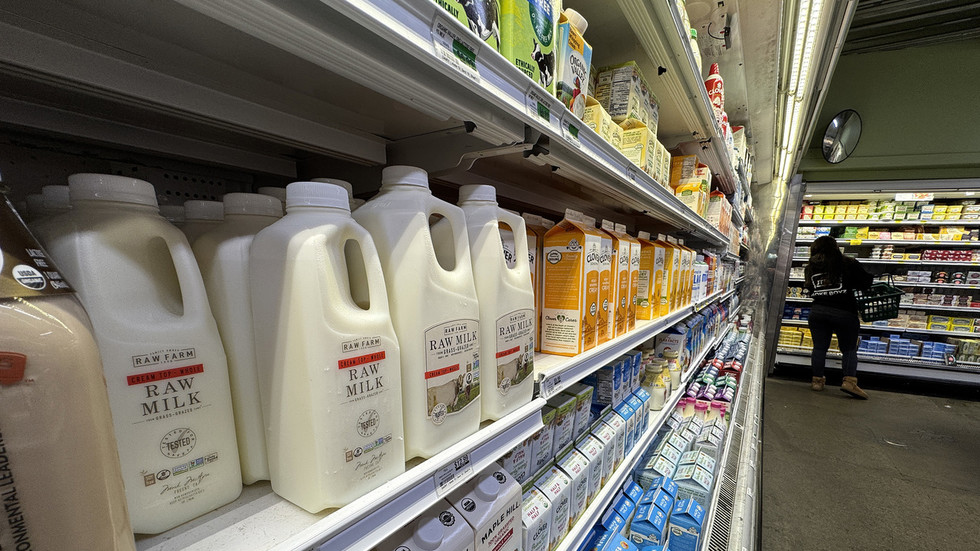Governor Gavin Newsom’s recent declaration of a state of emergency is a strategic response to the escalating cases of H5N1 avian influenza detected in dairy cows across Southern California. The H5N1 virus, which is primarily associated with poultry, has now impacted various livestock species and has been spreading through dairy cattle herds in the United States since March. Currently, the outbreak has spread across at least 16 states, with California being one of the most affected. Although the Centers for Disease Control and Prevention (CDC) has noted no confirmed transmission of the virus from human to human, there have been at least 61 reported cases in humans across the nation, including 34 in California. Newsom emphasizes that while the public risk remains low, the declaration serves as a necessary measure to equip government agencies with adequate resources and flexibility to contain and manage the outbreak effectively.
The implications of H5N1 infections are concerning, particularly considering its lethality in human cases. The World Health Organization (WHO) has documented over 860 confirmed instances of H5N1 infections since 2003, with a disturbing fatality rate of approximately 53%. The current outbreak in the United States has not resulted in any deaths thus far; however, it follows a prior epidemic in 2022 when extensive culling measures led to the loss of over 100 million birds in a bid to control the virus’s spread among poultry. California’s proactive approach marks it as the first state to formally declare an emergency in response to the evolving situation, while Colorado previously issued a disaster alert targeted specifically at its poultry sectors in July.
In light of the detected cases among dairy farms in Southern California, Governor Newsom’s administration has quickly initiated various precautionary measures aimed at mitigating the virus’s spread. These measures include working closely with dairy and poultry farms to further minimize worker exposure, as the majority of human cases have been correlated with individuals in close contact with infected birds or animals. Despite the seriousness of the circumstances, health officials, including the CDC, continue to assert that there is no immediate danger for the general population.
The first reported case of severe illness linked to the current bird flu outbreak occurred recently in Louisiana, involving an individual who had significant interactions with sick and deceased birds in a backyard setting. This has heightened awareness and further emphasizes the need for stringent biosecurity measures across farming operations. The swift governmental response, as explained by Newsom, is aimed at ensuring that all necessary precautions are implemented to safeguard both public health and the integrity of the agricultural sector.
In the realm of consumer safety, the Food and Drug Administration (FDA) has assured the public that beef and dairy products available at grocery stores remain safe for consumption despite the outbreak. However, they have advised against the consumption of raw milk, as that poses additional health risks, especially in the context of an outbreak. This information is vital to restoring consumer confidence and maintaining stability within the food supply chain, particularly for dairy and beef products that are essential components of many diets in California and throughout the United States.
In conclusion, Governor Gavin Newsom’s emergency declaration reflects a proactive and precautionary approach to managing the H5N1 outbreak in California’s dairy herds. With a focus on resource allocation, public health safety, and biosecurity measures, the state aims to mitigate the spread of the virus while recognizing that the risk to the general public remains low. The collaborative efforts between state agencies, farming operations, and health authorities are critical in this unprecedented situation, ensuring both human and animal health are prioritized as the situation continues to be closely monitored.

